Historic birthplace of the american automobile industry, the city of Detroit with its tormented and fascinating past has inspired David Cage and his team for the fourth game of the french studio Quantic Dream, Detroit: Become Human. A forward looking vision of the “Motor City”, heading to 2038, when the problematic of artificial intelligence is omnipresent and where urban mobility plays an active role.
The opening credits of the game unfold on a scene during which the player discovers the city of Detroit through a car window. There we can see elements that strangely seem both distant and familiar: autonomous taxis roaming the streets and looking for passengers, suspended trains transporting users to their destinations, drones discreetly but surely flying over the buildings. The city appears to be a mastered, although complex, entanglement of different means of transportation, real embodiment of a multimodal mobility already emerging nowadays.
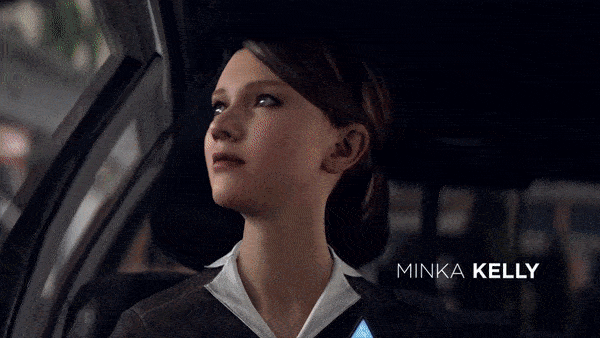
Detroit: a tormented industrial past
Quantic Dream’s team declares to have chosen this specific city because of its rich industrial past and its exceptional history. The history of an industrial city which reached its peak in the 20s by becoming the birthplace of a brand new automotive industry in the United States of America. Henry Ford then launched his first mass produced model, the Ford T, and initiated the Fordism model. Detroit was the home of no less than 18 car manufacturers, creating jobs and economic vitality for the entire region.
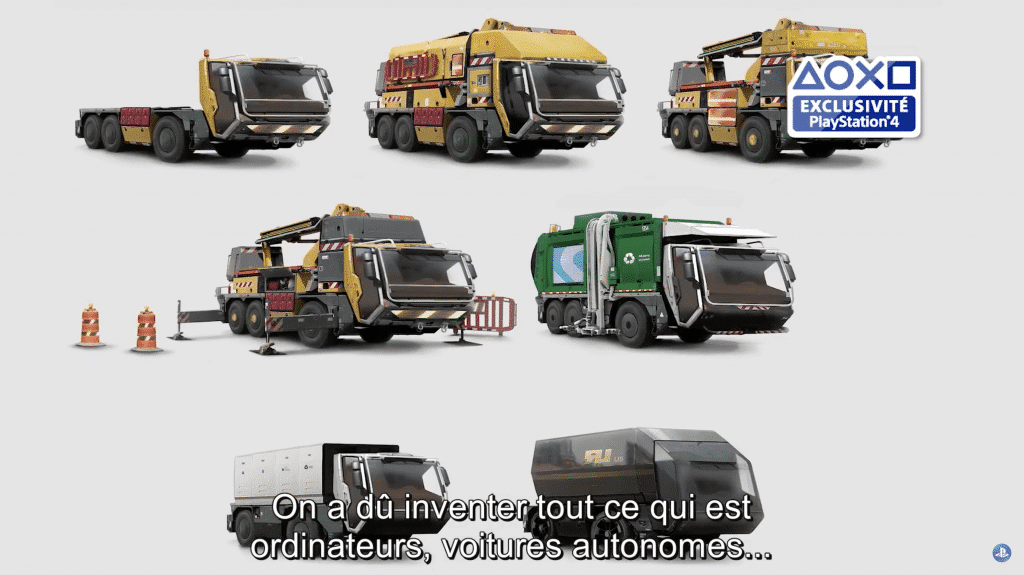
Concept art / Detroit: Become Human
The 1929 stock market crash jeopardized this economic upturn, and one by one manufacturers left the city: only the “Big Three” (Ford, Chrysler and General Motors) kept production sites in Detroit. In 2013, following various economical and social circumstances, the city declares bankruptcy.
The face of the metropolis deeply changed, creating a highly inspiring scenery for a video game where anticipation is the keyword. A third of the city’s surface is empty, and industrial wastelands loom like monuments to a forgotten glory. Nature regained the upper hand on human constructions, composing a fascinating contrast.
 We travelled to (Detroit) with the team, and we were moved by what we saw, and we could really feel the desire to fight and be born again.
We travelled to (Detroit) with the team, and we were moved by what we saw, and we could really feel the desire to fight and be born again.
David Cage, PDG de Quantic Dream
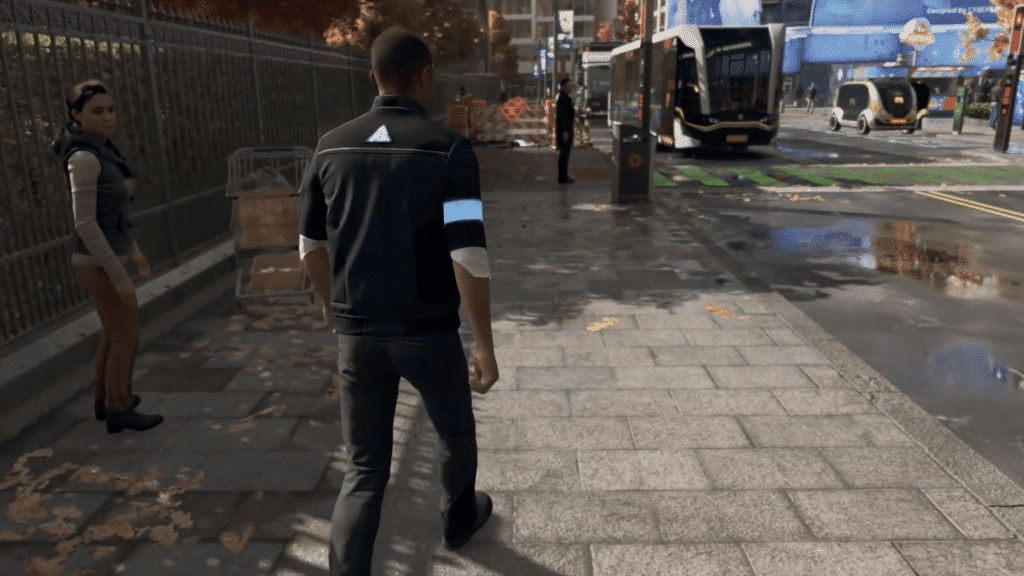
Detroit: Become Human – ©Quantic Dream
Visually rich and overflowing with history, these ambiances gave the artistic team of Quantic Dream an incommensurable foundation for their universe. Here we are, in the Detroit of 2038, at the center of an industrial conversion that the city already begun. Its new speciality? The mass fabrication of androids. A technological innovation that is the source of numerous fantasies as well as new social conflicts in the city.
A techonology rooted in reality, not science-fiction
In a video presenting the game Detroit: Become Human, the artistic director of Quantic Dream, Chistophe Brusseaux, insists on the fact that the plot does not take place in a world of science-fiction but rather a world reflecting our own. The representation of technology, whether it is androids, computers or autonomous vehicles, had to be as discreet and natural as possible, perfectly merging with a daily life that already seems familiar despite the temporal difference.
There are no flying cars in sight, but vehicles that are very similar to prototypes or already functional vehicles. Autonomous taxis that wander in the streets of this fictional Detroit very much look like the e-Palette concept presented by Toyota during the CES 2018. A symbol of the passengers economy in which autonomous vehicles take a pivotal place, well demonstrated by the continuous procession of driverless buses.

e-Pallette concept Toyota / Concept art Detroit: Become Human
An immersive experience in a city where technology and mobility are even more credible that they are already imagined in our world by industrials and designers. Thus, this technological representation is powerful because very likely to happen.
Mobility at the center of societal issues
In Detroit: Become Human, the problematic of technology and transportation is also addressed in several magazines that can be found throughout the game.
One of these notably presents the Subtube, which allows passengers to go from New York to Los Angeles in only two hours, thanks to a maximal speed of 1800 miles per hour. A technological wonder that is somewhat reminiscent of the famous Hyperloop, a project lead by Tesla with the ambition to connect the biggest cities in the world while considerably reducing travelling time. All these advances are causing serious consequences in the world of Detroit: Become Human. Consequences that concern us as well, such as population movements resulting in a deep spatial reconfiguration.
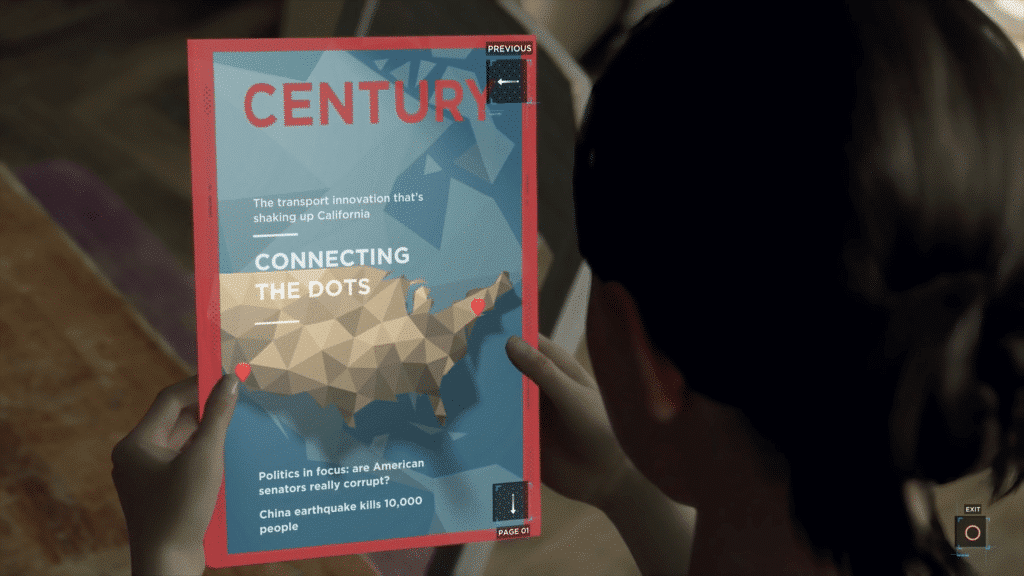
Detroit: Become Human – ©Quantic Dream
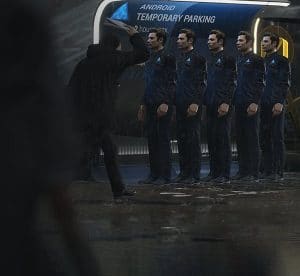
Detroit: Become Human – ©Quantic Dream
Another matter raised, closely tied to artificial intelligence and androids, is the security of autonomous vehicles and their capacity of decision making. If it can anticipate an accident, how does the vehicle will react? How will it take a decision of life and death? Thus, if there are two pedestrians in danger, a magazine found in the game explains that the intelligent vehicle has to make a complex calculation taking in account all the known datas about the individual –such as age, health and family status- in order to determine his “value” for the society. A point of view on data treatment that is explored in the Nosedive episode of the season 3 of Black Mirror, where every person has to maintain a score to move freely and keep social privileges
Fictional scenarios based on topical issues, the treatment and security of the data produced by autonomous vehicles being one of the biggest challenge to come for car manufacturers and companies. Therefore, Detroit: Become Human is a well-documented ludic and immersive experience which confronts us to a future that could come rather sooner than later.









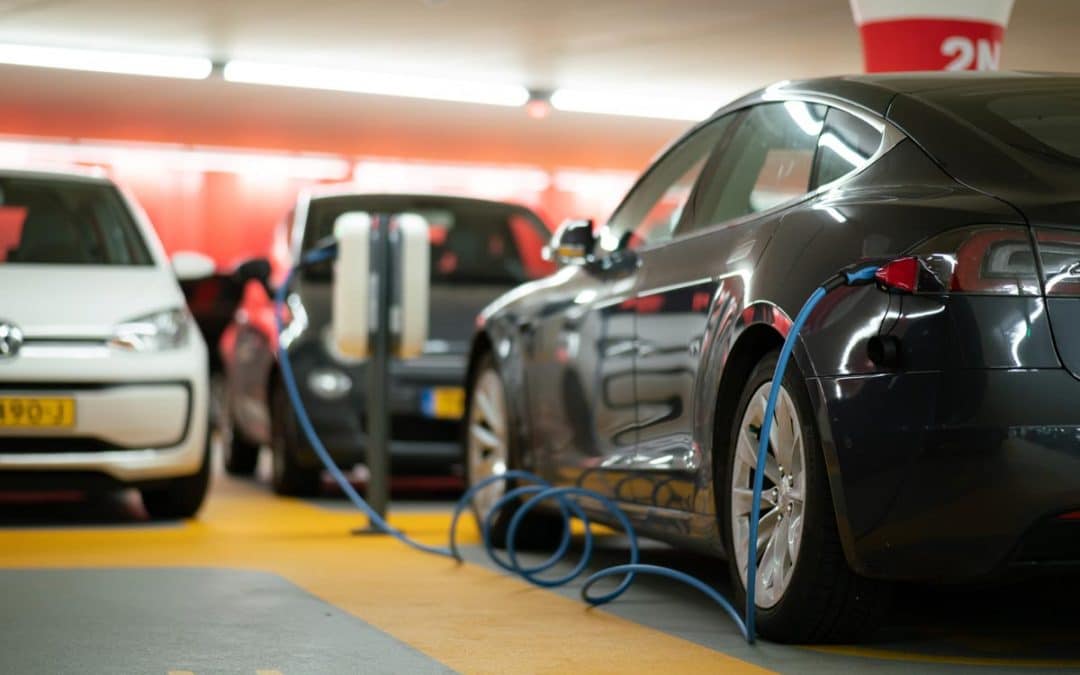

0 Comments